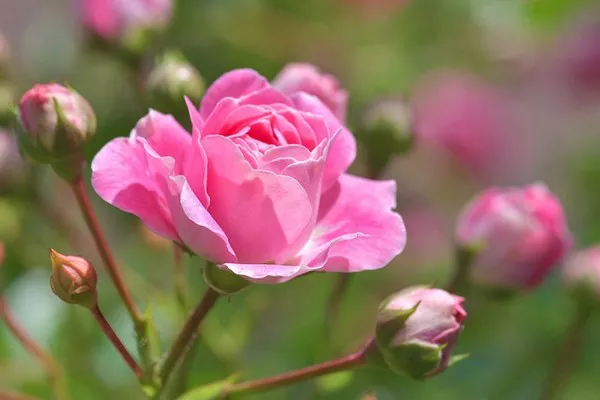A wedding day is a culmination of love, commitment, and dreams, often symbolized by the beauty and fragrance of freshly arranged flowers. The sentiment attached to these blossoms makes them cherished keepsakes for newlyweds, prompting a desire to preserve them in their pristine state. With the right techniques and care, it is indeed possible to extend the life and beauty of wedding flowers, allowing them to serve as lasting reminders of that magical day. This article explores various methods and tips for preserving wedding flowers, ensuring that their splendor endures for years to come.
Choose the Right Flowers
The preservation process begins even before the wedding day itself. Opt for flowers that are naturally more resilient and longer-lasting. Roses, orchids, carnations, and lilies are some examples of flowers that tend to hold up well over time. Their sturdiness and endurance will contribute significantly to the success of your preservation efforts.
See Also: How Long to Press Flowers for Optimal Results: A Full Guide
Timely Preservation
The key to preserving wedding flowers lies in initiating the preservation process as soon as possible after the event. Freshness is paramount, and the longer the flowers sit, the more challenging it becomes to retain their original appearance. Aim to begin the preservation process within 24 to 48 hours after the wedding, ideally when the blooms are at their peak.
Air Drying
One of the most traditional methods of preserving flowers is air drying. This process involves hanging the flowers upside down in a dark, dry place with good air circulation. Air drying is particularly effective for flowers like roses, lavender, and baby’s breath. To achieve optimal results, follow these steps:
a. Remove excess foliage and trim stems to the desired length.
b. Tie small bunches of flowers together with twine or rubber bands.
c. Hang them upside down in a cool, dark, and well-ventilated space.
d. Allow the flowers to air dry for two to three weeks or until completely dry to the touch.
Pressing Flowers
Pressing flowers is a delicate and artistic preservation technique that works well for flatter blooms, such as pansies, daisies, and violets. The pressed flowers can be used for various crafts, including creating framed arrangements or incorporating them into wedding memorabilia like scrapbooks and invitations. Here’s how to press flowers effectively:
a. Place flowers between sheets of absorbent paper within the pages of a heavy book.
b. Add additional weight on top of the book, such as more books or bricks.
c. Leave the flowers undisturbed for about two to three weeks, allowing them to dry and flatten.
See Also: Unleash Creativity: 10 Delightful Ways to Use Pressed Flowers
Silica Gel Method
For three-dimensional flowers like roses and lilies, the silica gel method is a popular choice. Silica gel is a moisture-absorbing substance that helps to preserve the shape and color of flowers while drying them out quickly. Follow these steps to use the silica gel method:
a. Fill a container with silica gel to create a base layer.
b. Trim the flower stems and place the blooms face up on the gel.
c. Carefully cover the flowers with more silica gel, ensuring they are completely submerged.
d. Seal the container and leave it undisturbed for a few days to a week, depending on the flower type.
e. Gently remove the flowers from the gel and brush off any excess.
Epoxy Resin Encapsulation
For a more innovative and modern approach to flower preservation, consider encapsulating your wedding flowers in epoxy resin. This method creates stunning, transparent keepsakes that capture the flowers’ natural beauty and form. Here’s a basic guide to using epoxy resin for flower preservation:
a. Trim the flowers to the desired length and arrange them in a silicone mold.
b. Prepare the epoxy resin according to the manufacturer’s instructions.
c. Pour the resin carefully over the flowers, ensuring they are fully covered.
d. Pop any bubbles that rise to the surface using a heat gun or by gently blowing on them.
e. Allow the resin to cure and harden according to the instructions before removing the mold.
Conclusion
Preserving wedding flowers is an art that enables couples to cherish the memory of their special day for years to come. From traditional methods like air drying and pressing to more contemporary techniques involving epoxy resin, the options for preserving flowers are diverse and adaptable to various preferences. By selecting the right flowers, acting promptly, and applying the appropriate preservation method, couples can create beautiful keepsakes that evoke the romance and beauty of their wedding day. Whether displayed in shadow boxes, incorporated into home decor, or used in crafting, preserved wedding flowers serve as a tangible reminder of the love and joy that blossomed on that unforgettable occasion.


